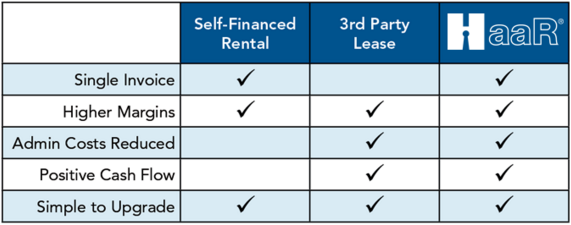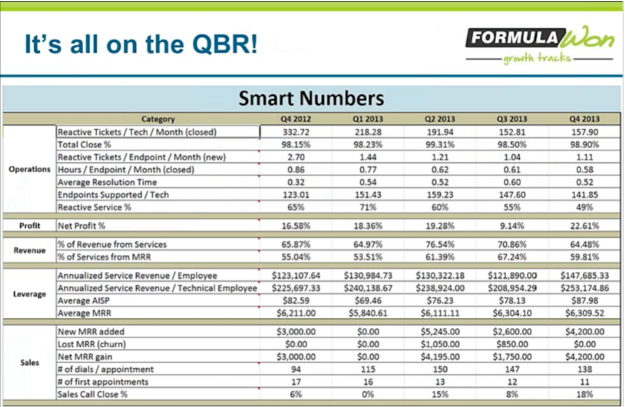Smart business owners know they need a disaster recovery plan. Some will even proactively approach their IT service provider about creating one to help protect their business. After all, you never know when a disaster could strike, whether it’s a fire, a flood or equipment failure, and that leaves critical information vulnerable to data loss.
Of course, not all small business customers will be this forward-thinking. Usually as an MSP, you will need to be the one to bring up disaster recovery planning with your customers. However, even if a customer or prospect tells you they already have a disaster recovery plan in place, it’s important to follow up and make sure they aren’t making any of these common mistakes that could mean their data isn’t as protected as they think it is.
1. Never Testing The Plan
Testing is a vital step in creating a disaster recovery plan, and unfortunately, it’s a step that many businesses overlook. Having a disaster recovery plan on paper is good, but it will only take you so far. Testing the plan will uncover flaws and help you find ways to improve or clarify parts of the plan that may have been confusing. It’s always better to uncover these types of issues in a test environment instead of learning the hard way during a real-world disaster scenario. Testing does take extra time, but it will be well worth it in the end if it means being able to successfully restore a customer when the time comes.
2. Failing To Communicate The Plan
Another reason testing is crucial is that it gives the customer and their employees a chance to practice and make sure everyone knows what their responsibilities are in a disaster recovery situation. Many businesses make the mistake of not communicating their disaster recovery plan properly to everyone in the organization, and that can lead to failure when disaster does strike.
As an MSP, you can help customers communicate their plan clearly to all of the relevant stakeholders. Try holding a meeting with everyone involved to explain the overall plan and their specific responsibilities in it. It’s also a good idea to provide documentation to be shared with each person for review and reference.
3. Overlooking Critical Data
Disaster recovery plans are only helpful if they’re complete, and it’s easy for businesses to forget about mission-critical data that isn’t stored locally. For example, if a customer has branch locations in addition to a central office, it’s important to make sure data stored at the branches are taken into account when you help the customer create a DR plan as well.
Bring-Your-Own-Device (BYOD) policies are also creating potential pitfalls for disaster recovery plans as more and more critical information is finding its way onto tablets, smartphones and laptops of employees working remotely. Remember to address BYOD with customers during the planning process to make sure this information is protected properly as well.
4. Skipping Regular Audits
Disaster recovery planning isn’t a fix-it-and-forget-it type of project. Business operations and IT environments can change over time, and disaster recovery plans need to keep up. That’s why it’s important to conduct regular audits of the DR plans you help your SMB clients create to make sure they continue to meet the business’s needs. I suggest holding annual DR audits for each of your customers, but it’s good to check in with them more frequently than that to see what’s changing in their IT environments and if there are any new applications or devices that will need to be protected and added to the plan as well.
If you can help your SMB customers avoid these four common disaster recovery plan mistakes, you’ll be well on your way to better protecting their IT environments, and you’ll be able to rest a little easier knowing their data is safe. Going through the disaster recovery planning process can also help you build deeper, more strategic relationships with your customers, which can help you grow your business in the end, too.
By Chris Crellin, Senior Director of Product Management for Intronis
Senior Director of Product Management Chris Crellin leads product strategy and management for Intronis. Over the past 15 years, Chris has developed a strong record of successfully developing product strategy and driving execution from concept to delivery. Chris joined Intronis from Backupify/Datto, Inc., where he was responsible for product strategy and execution of their cloud backup SaaS portfolio. Prior to Datto, he spent 14 years with RSA, the Security Division of EMC. He was the lead product manager for the RSA SecurID portfolio after having started his career as a software engineer.
Top MSPs have nailed down their disaster recovery plans. Learn more about how to become a top MSP by reading the free e-book.












